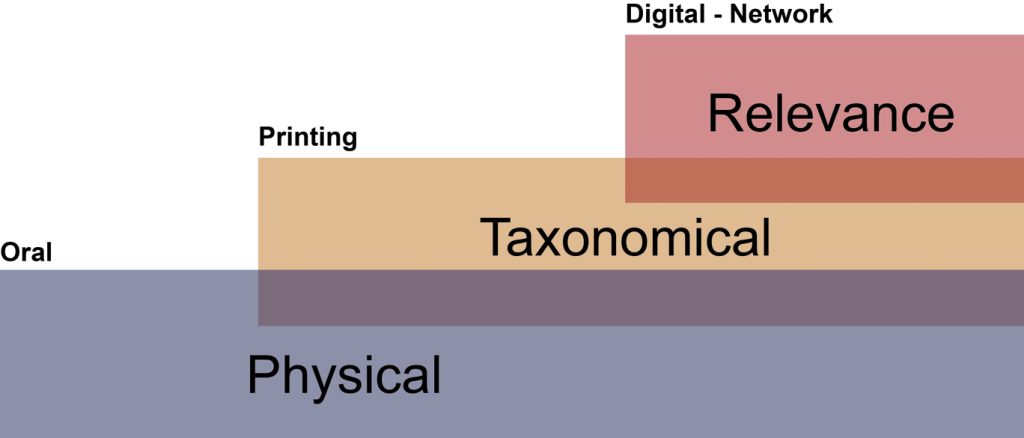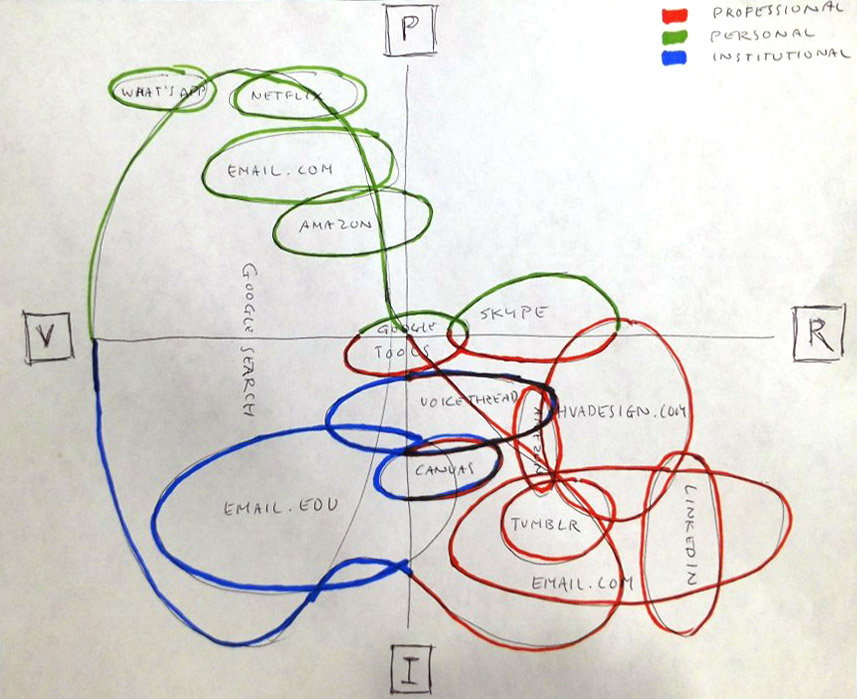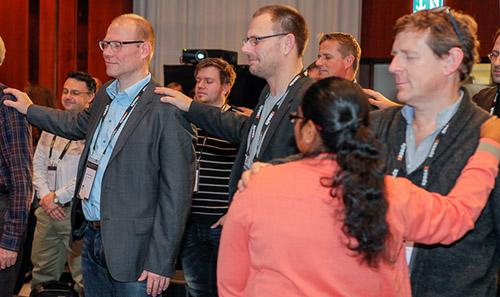Having been invited to give a talk at the British Library I naturally decided to create my own theory of the history of information… This was to illustrate my musings on a general shift from taxonomies to relevance in our information seeking. To be fair the librarians representing the BL and other academic institutions seemed quite sympathetic to the overarching point I was trying to make so here’s the idea:

In a pre-literate, pre-printing age information was embodied in kin, peers and those that you might happen to meet within a limited geography – in this sense information was physically located and arranged. Obviously I’m no expert in this area having just a smattering of old-school Anthropology to draw on so this part of the idea/diagram is simply there as a backdrop.
Then along comes printing (sure, the monks and tax collectors etc were busy before printing…) so knowledge stacks-up and needs organising so that it can be retrieved efficiently. There is a new category of knowledge which, while still linked to individuals as authors*, is not wholly embodied in the same way as before. Taxonomies are invented to structure printed knowledge, generating lines and relationships between ideas and information, creating a more defined model of understanding.
In the last 20 years or so we then see the rise of the digital and the network, search evolves from the dialect of databases to natural language. At this point something fundamental shifts. Our relationship with knowledge moves from interrogating taxonomies (think Dewey Decimal for example) to an expectation of relevance. Knowledge is no longer physically embodied so we don’t need systems to tell us where it is or what’s sat nearby.
Clearly all of the above forms of knowledge still co-exist, for example, students going to Social Media to ask others for the most relevant information sources. Nevertheless the Web has driven a massive shift from taxonomy to relevance. One way to think of this is that the Web circumnavigates taxonomy for us, connecting us to information and people without the need for hierarchy.
For example, if you want to discover a specific piece of information do you do move through a hierarchy do you simply search and then sift the results? When was the last time you found the Wikipedia article you wanted by moving through the taxonomy of the online encyclopaedia? We are increasingly driven by the stack of notifications in Social Media and/or via our phones where we can design the factors which stack what we feel is most relevant to the top of the pile.
Even when it comes to our own personal resources, many simply throw things into the cloud then search or look of ‘last modified’. In my institution most students use Apple Macs and organise their files visually. I suspect most would not be able to identify ‘where’ those files are within the structure of the hard-drive.
Of all of these it’s the manner in which search has evolved which has the largest implication for educational intuitions. If we take Google as an example we see that the taxonomy is hidden in the algorithm and this algorithm evolves to incorporate the traces of those that went before. Consider this in pedagogical terms: much of what it meant to learn was centred on an individual’s ability to navigate the taxonomies of knowledge, to find the ‘good stuff’. Intellectual effort was expended on discovery and on formulating links across chunks of information (aka books etc). Now the effort of making those connections is captured within the search algorithm and handed to the next person who searches on that topic. There is much less need for each new scholar to understand the larger model/taxonomy of a particular discipline. In essence, what we used consider to be part ‘study’ is now embodied in the technology (another example of the Post-digital). If our pedagogy continues to be based on notion, and still rewards effort, based on navigating these taxonomies then we are radically out of step.
And yet even as we move to an era of relevance, educational institutions continue to operate on taxonomic principals. This makes sense for the HR and the finance department but becomes problematic when it underpins curriculum design and assessment. Institutions have always operated in a hierarchical manner and yet the Web, the place many of our students (and staff) undertake the majority of their learning, doesn’t. One of the reasons students struggle to understand the course handbook or the set-up of their course in the VLE is because they rarely encounter structures of this nature. When I consider the requests students make to improve the digital provision and information sources of the university most of it can be characterised as “Please can you filter that complex structure into a feed based on what’s most relevant to me”.
*See “The Resident Web and it’s Impact on the Academy” at Hybrid Pedagogy for some thoughts on the relationship between ‘content’ and individuals/authors. http://www.hybridpedagogy.com/journal/resident-web-and-impact-on-academy/













